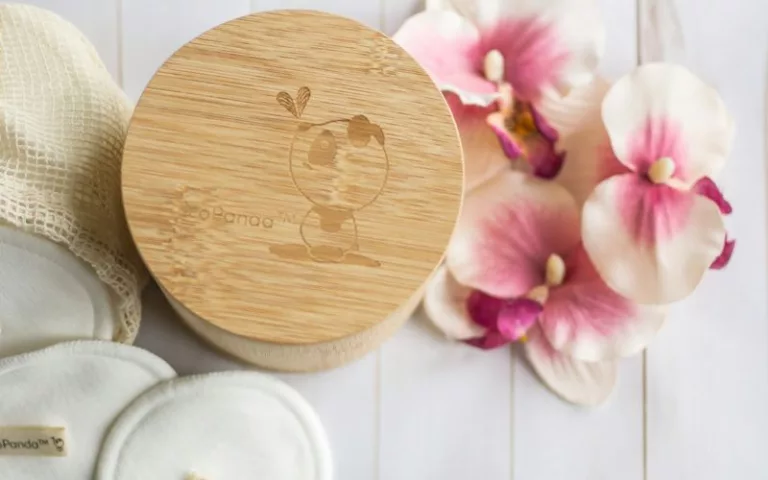The art of grooming and appearance-enhancing products has been a practice for centuries. Whether for skin benefits or adding colouration to the face, this method of prep and priming has been a key component for ensuring skin health. Still, it has many natural ingredients in modern products to this day.

Unsplash/EcoPanda
Unsure which plants were part of individuals’ makeup routines in the past? Take a look at a few herbs, weeds, and flowers that were used in history for cosmetic purposes.
Rose petals
With its fleshy consistency and lovely colour, it’s easy to see why rose petals were used to enhance the appearance of individuals. Bringing a new meaning to “rosy cheeks”, these petals were often crushed with other natural elements to produce a pink pigment to apply on their faces in ancient Egypt and Rome.
Roses also have a long history in the cosmetic world, as rose oil and rosewater were widely used for perfume making, cosmetics, and even medical ointments. A sweet-smelling product filled with antioxidants and soothing properties, roses are still distributed in a wide variety of products today.
Saffron
Commonly known in its spice form, Saffron is a flower known as the Crocus sativus. Often noted as being one of the most expensive spices in the world, this flower had other properties beyond adding it to meals.
Saffron was often an ingredient in ancient perfumes and cosmetics, as its sweet yet spicy aroma was. This spice was also added to Roman baths and theatres as the scent was usually attributed to having a sensual element to its fragrance. The spice was mentioned in ancient texts as far back as 423 BC as a smell and was loved by the Greeks.
Henna
A cosmetic dye still used today; henna, is traditionally obtained from the Lawsonia inermis leaves, often referred to as the henna tree. This brown substance has a multitude of uses, from hair dye to temporary tattoos on hands for bridal ceremonies.
While the exact origin and history of henna are a mystery, evidence indicates that it has existed for thousands of years (some as far back as 9000 years ago). Ancient Egyptians used henna not only to mark their bodies in intricate ways temporarily, but evidence suggests that mummies’ nails were painted with henna, perhaps in a way to beautify the body.
The flowers of the henna tree have also been used for perfumery purposes in history, which makes this plant certainly valuable in the cosmetic world for its multi-purpose properties.
Follow us on social media for more travel news, inspiration, and guides. You can also tag us to be featured.
TikTok | Instagram | Facebook | Twitter


















